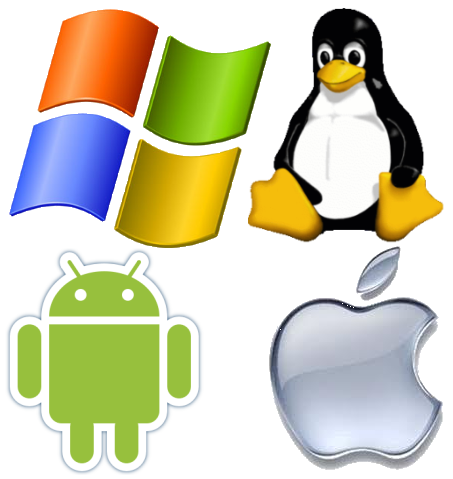Can I connect Android to Mac via USB?
The most common way to connect Android phones to Mac is via USB, but you’ll need free software like Android File Transfer installed first. Download Android File Transfer to your Mac and install it. Launch the software. Connect your phone to your Mac using a USB cable (you can use the one that came with your phone).
How do I get my Mac to recognize my Android phone?
Instead, to get your Android device connected to your Mac, turn the Android’s debugging mode on before connecting via USB.
- Press the “Menu” button on your Android device and tap “Settings.”
- Tap “Applications,” then “Development.”
- Tap “USB Debugging.”
- Connect your Android device to your Mac with the USB cable.
Can you connect an Android phone to a Macbook?
Connect your Android device to your Mac via USB. … Tap Allow on your Android device when prompted. You may also be asked to choose the connection type. Choose to transfer media files or whatever variation of that phrase your Android device says.
How do I transfer files from Android to Mac?
How to Copy Files From Android to Your Mac
- Connect your phone to your Mac with the included USB cable. …
- Download and install Android File Transfer. …
- Click Get started.
- Navigate through the directory to find the files you want on your Mac.
- Find the exact file and drag it to the desktop or your preferred folder.
How do I get my Mac to recognize my USB?
Occasionally, your Mac has already recognized the USB flash drive but not shown it on the desktop. Thus, you should go to Finder > Preferences > General and make sure the “External disks” option is ticked. Then you’ll see the USB flash drive showing up on Mac desktop.
Can you connect a Samsung phone to a Macbook?
Even though Samsung phones run on the Android operating system and Apple Computers run Mac OSX, they can still connect for data transfer. The software on both devices works together to let you use each device as it was meant to be used.
Why won’t my phone connect to my Mac?
As above, check your USB connection: check the socket for dust and residue, try a different USB port, try a different USB cable. Make sure you’ve tapped the Trust button on your iOS device when you connect it to your Mac. Restart your iOS device. Restart your Mac.
Why won’t my Samsung phone connect to my Mac?
Check the USB connections and cables.
Make sure the USB is fully plugged in to your computer and your device. Try using a different USB cable. Not all USB cables can transfer data. Try a different USB port on your computer, if possible.
Why does Android File Transfer not work on Mac?
Often when you’re having trouble with Android File Transfer, it’s because the phone is not in the proper mode to transfer files. Other causes include bad cables or bad USB ports. Sometimes, third party software can interfere with the proper operation of the Android File Transfer app.
How do I transfer files from my Android to my Macbook using USB?
How to use it
- Download the app.
- Open AndroidFileTransfer.dmg.
- Drag Android File Transfer to Applications.
- Use the USB cable that came with your Android device and connect it to your Mac.
- Double click Android File Transfer.
- Browse the files and folders on your Android device and copy files.
How do I connect my Android phone to my Mac wirelessly?
How to Connect Android to Mac
- Open Safari on Mac and go to airmore.com.
- Click “Launch AirMore Web to connect” to load a QR code.
- Run AirMore on Android and scan the QR code. Within seconds, your Android will be connected to Mac. Meanwhile, Android device information will show up on the Mac screen.
How do I connect my phone to my macbook pro?
If your mobile phone isn’t already connected with your Mac, choose Apple menu > System Preferences, then click Bluetooth. Select your phone in the Devices list. If this device is new to your Mac, click Connect. If you have previously connected this device, double-click it to connect.
